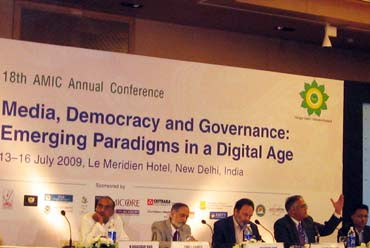Broadband Over Powerlines: A Paradigm Shift

An emerging technology may be the newest heavy hitter in the competitive world of broadband Internet service. It offers high-speed access to your home through the most unlikely path: a common electrical outlet.With broadband over power lines, or BPL, you can plug your computer into any electrical outlet in your home and instantly have access to high-speed Internet. By combining the technological principles of radio, wireless networking, and modems, developers have created a way to send data over power lines and into homes at speeds between 500 kilobits and 3 megabits per second (equivalent to DSL and cable). Imagine a world where you don"t have to dig up the earth to lay down co-axial cable lines, or where accessing the internet means plugging a small black box into a power outlet in your house. That world may be around the corner. Thanks to the Broadband over Power Lines (BPL), a technology, that threatens to turn the communications world upside down by bolstering broadband compe
